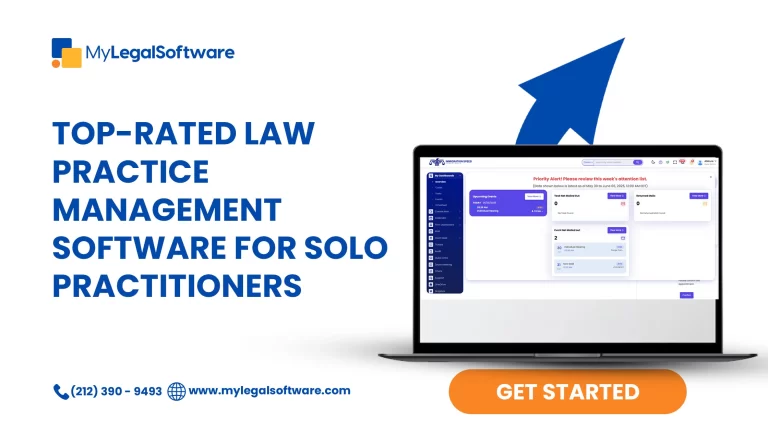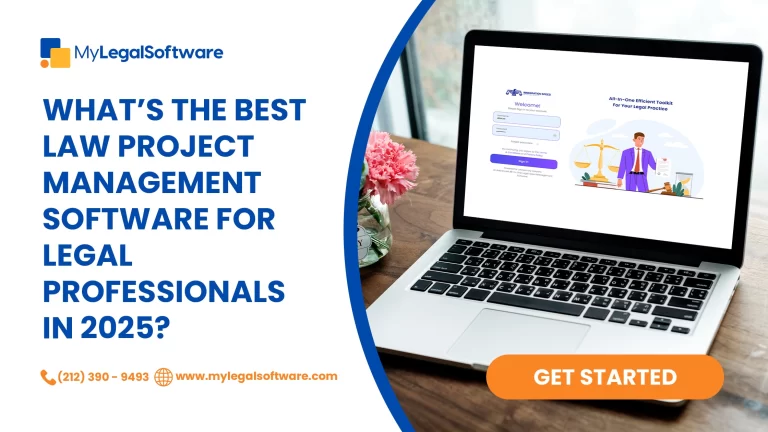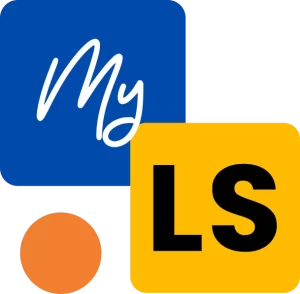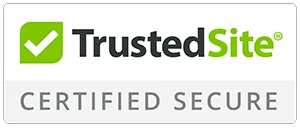How to Enhance Client Communication in Legal Practice
In the world of legal services, clear and effective communication is the lifeblood of strong client relationships. For clients facing immigration issues, the journey can be particularly overwhelming, filled with complicated regulations and constantly changing laws. These clients often find themselves anxious about the status of their cases and uncertain about what to expect next. As a legal practitioner, it is your duty to enhance your communication strategies as clear communication is vital for building trust and ensuring your clients feel supported. In this blog, we’ll explore actionable strategies to improve client communication in legal practices. Let’s dive in.
Understanding the Importance of Client Communication
The art of communicating effectively is one of the most critical skills that any lawyer must possess. It brings about trust, creates healthy bonds, and improves contentment on the part of the client. Effective communication is also essential since when clients understand and participate reasonably in the process, they’re more likely to appreciate the services you offer and even endorse your practice. Conversely, ineffective communication can bring about disagreements, the risk of dissatisfaction and/or possible non-compliance issues, especially where compliance in immigration law is concerned.
Think of a scenario involving a client who has no idea how far their immigration case has gone. They’re left wondering whether there’s any progress on their application or whether there are some bottlenecks. The absence of this information may increase anxiety and frustration. When you keep your clients updated, you show them that you care about what happens in their case.
Embracing Technology for Better Communication
In today’s digital age, leveraging technology is a game changer for enhancing client communication. Here are a few ways to utilize technology effectively:
- Client Portals
Implementing a client portal can significantly improve communication. A secure portal allows clients to access their case information, documents, and updates at their convenience. This transparency builds trust and reduces the need for constant phone calls or emails.
- Real-Time Updates
Consider using software that provides real-time updates on case progress. With MyLegalSoftware, for instance, clients can receive notifications about important milestones, deadlines, and any changes to their case status. This proactive approach not only keeps clients informed but also reinforces your commitment to transparency.
- Video Conferencing Tools
Video conferencing tools have become invaluable, especially in the post-pandemic world. These platforms allow for face-to-face interaction, making discussions more personal and engaging. Whether it’s a consultation or a status update, seeing a friendly face can make all the difference for clients.
Effective Communication Strategies
- Simplify Legal Jargon
A lot of clients typically find legal terminology unfamiliar and this can be intimidating for them. In this regard, you can improve communication by making an effort to explain complex terms in simple, relatable language. This way, clients not only understand their cases better but also feel like they’re a part of the process.
- Regular Check-Ins
Maintain contact with your clients.
This should be regular. There should also be a system of checking up on them. This can be via e-mails, phone conversations, or even texts. Regular communication works well to give clients the confidence that their case is being treated as important. It also allows you to attend to anything that they could be worried about before it gets out of hand.
- Set Clear Expectations
Avoid over-promising and under-delivering.
At the onset of the case, clearly inform or furnish the clients with realistic timelines during which they might expect the case to have been concluded. Also let them know what steps will be involved and the possible threats that may be encountered.
- Encourage Questions
Creating an environment where clients feel comfortable asking questions is crucial. Remind them that no question is too small or insignificant. This approach encourages open dialogue and can prevent misunderstandings down the line.
- Provide Educational Resources
Consider offering educational resources that clients can access at any time. This could include blog posts, FAQs, webinars, or informational brochures. Topics could range from understanding regulatory requirements to tips for navigating the immigration process. Providing these resources empowers clients and positions you as a knowledgeable ally in their legal journey.
Compliance and Client Communication in Legal Practice
In areas like immigration law, effective communication also ties into legal compliance strategies. Keeping clients informed about compliance requirements and changes in regulations is crucial for ensuring they understand their responsibilities.
- Stay Informed on Regulatory Changes
Immigration law is constantly evolving, with new regulations and compliance requirements emerging regularly. Stay updated on these changes and communicate them to your clients. For example, if there’s a new requirement for visa applications, inform your clients about it as soon as possible.
- Use Case Studies
Sharing case studies can be a powerful tool for illustrating compliance in immigration law. Real-life examples can help clients understand the implications of certain regulations and how they can affect their cases. Use these stories to highlight successful strategies and common pitfalls to avoid.
Building Lasting Relationships – Client Communication in Legal Practice
- Personal Touch
Always strive to add a personal touch to your communication. Remember details about your clients’ lives and ask about their families, hobbies, or other interests. This small gesture can help strengthen the client relationship and make clients feel valued.
- Feedback Loops
Establishing feedback loops can provide invaluable insights into your communication effectiveness. After a significant milestone, ask clients for feedback on how well they felt informed throughout the process. Use this information to make necessary adjustments to your communication strategies.
Conclusion – Client Communication in Legal Practice
Enhancing client communication in legal practices is a journey, not a destination. By leveraging technology, adopting effective communication strategies, and fostering a culture of transparency, you can significantly improve your client relationships. Not only will this lead to greater client satisfaction, but it will also help you navigate immigration compliance challenges more effectively. Remember, your clients are not just cases; they are individuals who deserve to be informed and involved in their legal journey.
For more tips on streamlining your legal practice and enhancing client communication, visit MyLegalSoftware.com. Together, we can make your legal practice more efficient and client-friendly!
Want to learn about navigating compliance issues in immigration law? Go here.
Frequently Asked Questions
- How can technology improve Client Communication in Legal Practice?
Technology can improve client communication by providing tools like client portals for real-time case updates, video conferencing for face-to-face meetings, and automated notifications for important milestones.
- What are common immigration compliance challenges?
Common immigration compliance challenges include understanding ever-changing regulations, meeting deadlines for visa applications, and maintaining accurate documentation to avoid legal issues.
- How can I ensure my clients understand legal jargon?
You can ensure your clients understand legal jargon by simplifying complex terms, using relatable language, and encouraging questions. Providing educational resources can also help clarify any confusion.







